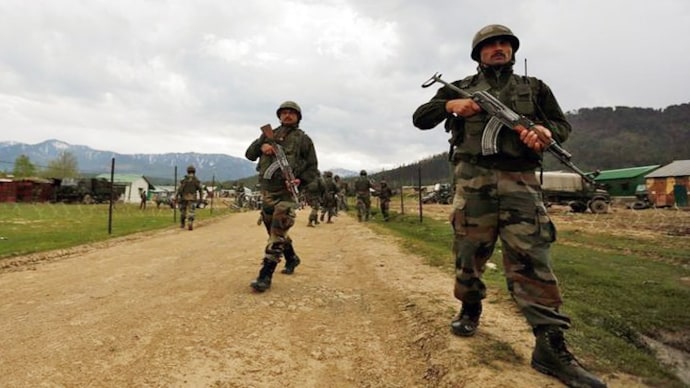Indian Army's Cold Start doctrine: All you need to know
Pakistan Prime Minister Shahid Khaqan Abbasi claimed that his country has developed short-range nuclear weapons to counter the Indian Army's Cold Start doctrine. Here's all you need to know.

Shahid Khaqan Abbasi, Pakistan prime minister, said that his country has developed short-range nuclear weapons to counter the Cold Start doctrine adopted by the Indian Army.
Abbasi was confident and assertive of Pakistan's nuclear arsenals' safety and security. He said, "We have a very robust and secure command-and-control system over our strategic nuclear assets. Time has proved that it's a process that is very secure. It's a process that has complete civilian oversight through the NCA," in response to a question at the Council on Foreign Relations, a top American think-tank.
WHAT IS INDIAN ARMY'S COLD START DOCTRINE?
A military doctrine is put in place to standardize operations, facilitating readiness by establishing common ways of accomplishing military tasks. Cold Start is a military doctrine developed by the Indian Armed Forces to put to use in case of a war with Pakistan. Here is all you need to know about the Cold Start doctrine:
- The Cold Start doctrine deviated from India's defence strategy since 1947 -- "a non-aggressive, non-provocative defense policy," -- and will involve limited, rapid armoured thrusts, with infantry and necessary air support.
- The main objective of the Cold Start doctrine is to launch a retaliatory conventional strike against Pakistan inflicting significant harm on the Pakistan Army before any international community could intercede, but not in a way Pakistan would be provoked to make a nuclear attack.
- In May 2001, the Cold Start doctrine is believed to have had a trial run with Indian Army's Operation Vijayee Bhava. The operation was launched by the Indian army, involving 50,000 troops to boost synergy between various branches of the armed forces with the objective of reducing the mobilisation time drastically to 48 hours, and was successful in achieving it.
- Later in 2011, Operation Sudarshan Shakti was conducted to revalidate Cold Start doctrine. Focus of Sudarshan Shakti was to practice synergy and integration between ground and air forces.
- Indian Army never officially accepted that the Cold Start doctrine exists. Officials confirmed a "proactive strategy" being in place.
- Post the deadly 2008 Mumbai attacks, Indian government took a decision not to implement the Cold Start Doctrine. This was to defeat the strategic goals of Pakistan to redirect the attacks of other Islamist millitant groups attacking Pakistan to India, an external threat.
- During the years 2007 to 2009, India's defence budget increased from $24 billion to $40 billion. Sensing threat, Pakistan increased its defence budget by around 32 per cent, putting stress on its weak economy.
- Cold Start doctrine was developed after the limitations of the earlier doctrine, called the Sundarji Doctrine, was exposed after the attack on the Indian Parliament in 2001.
- The Cold Start doctrine, in simple terms, is an aggressive strategy as per which India's elite strike forces will no longer sit idle waiting for the opportune moment giving Pakistan the luxury of time.
